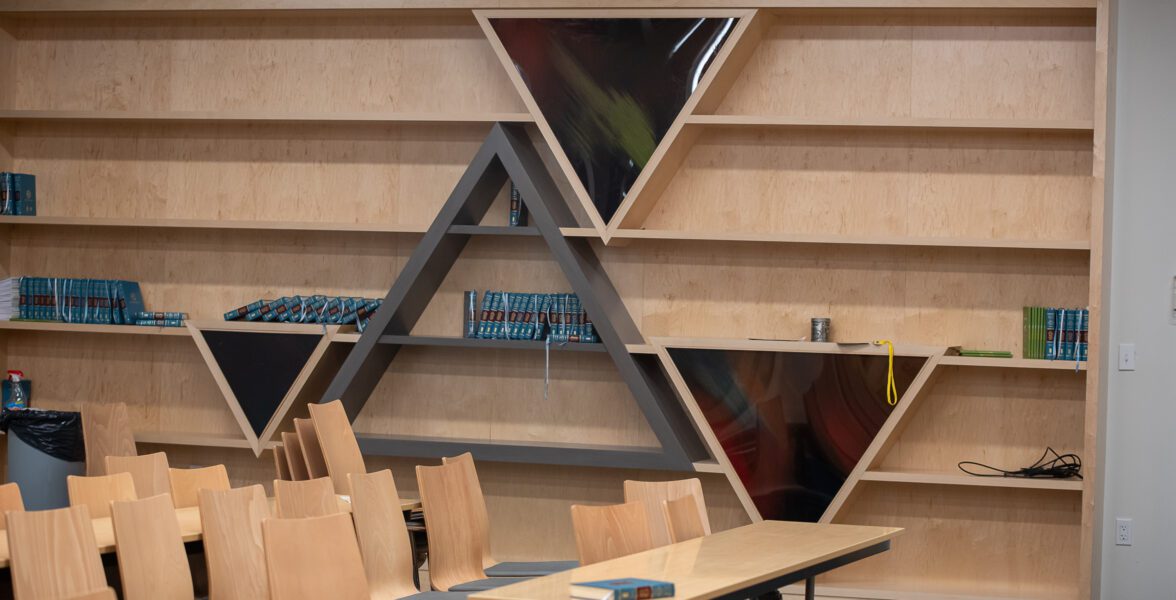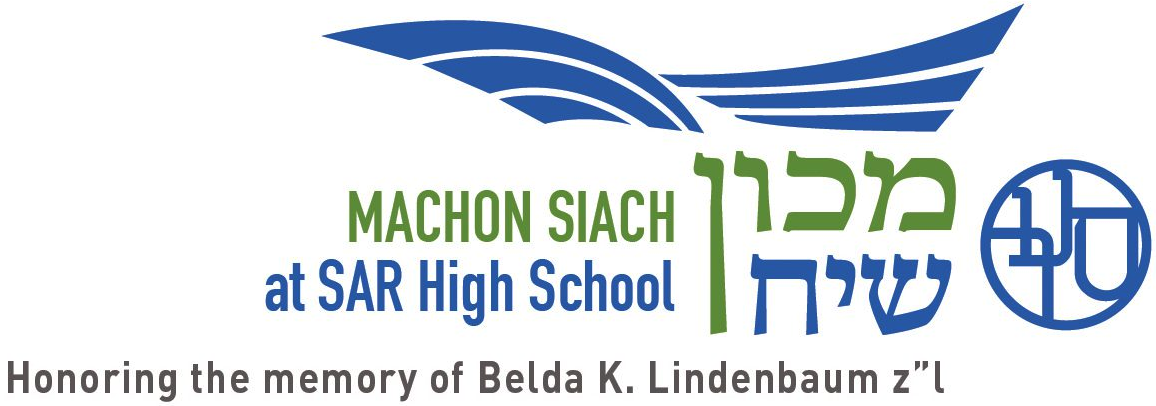
How Do We Come Back to Shul?
With Purim just behind us and Pesach steadily approaching, we find ourselves at many unwelcome anniversaries. Among them is the one year mark since we gathered in shuls, as we once did. One year since going to shul has involved a safety calculation; one year since shul going has ceased to be a regular part of our lives. A year ago, choosing to stay home on Purim or daven alone on Shabbat morning was an abrupt, painful and difficult decision, but one year later, we have settled into these changes, absorbing our new individual and collective “normal”.
But now, in March 2021, we can begin to see the end. Pandemic restrictions will not be necessary for an indefinite period. And now is the time to dream, imagine, and plan for the future we want to live. In private conversations and in the media, there has been a great deal of expressed and suppressed anxiety around shuls. Will we ever truly come back? What will we — or should we — come back to? What have the last 12 months of modified shul life taught us about ourselves, our communities, our prayer, and our relationship with God?
Rabbis will no doubt be at the forefront of this intensive, evaluative process, but we are all stakeholders impacted by this shul crisis and ought to see ourselves as crucial agents in intentionally resetting and reimagining our shuls. Part of the challenge in this effort is the increasing divides within our shul communities, divides borne out of a variety of attitudes and experiences when it comes to our relationship to shul and prayer this past year.
- Some of us have not yet returned at all to in-person tefilla, but have benefited from online programming, including Zoom minyan.
- Some of us have returned regularly, first outdoors and now indoors, stepping up in new ways to the responsibilities of communal prayer — davening and layning. Within that group are those of us who have adapted to and are possibly even enjoying the streamlined service. And then there are those of us who deeply miss long drashot and communal singing. We are happy to be davening in a minyan, but feel like something important is missing.
- Some of us have discovered that our prayer is most vibrant and spiritually alive when we daven outside, alone on our couch, at our own pace, on our own key, or with our families, and we may not feel the tug of returning to shul.
- Some of us, long before COVID, never came to shul for davening at all and are sorely missing the social pieces that shul used to offer us. Like kiddush! That glorious institution: where we would connect in unplanned ways with members of our wider community.
- Some of us have discovered the intensely fulfilling ties of being a part of a micro-community—our block, our neighborhood… and others of us deeply miss our friends across town.
- And the list goes on and on…
We are all in this conversation together because we have all been shaped by our shuls, we all care about our shuls. In the last year, we have grown more aware, as individuals, of what we miss about the way shul used to be, what kind of prayer we crave or seek, and what sort of Shabbat morning schedule works best for us. We have had more choice, more autonomy. And that is good. There is important learning there, and we should listen to it carefully.
But this shul conversation is not just about self-discovery. There is a wider fabric at play. We are a community of individuals who rely on each other.
Last week, I co-moderated a panel discussion with Simon Fleischer at SAR High School for the SAR community, entitled “Synagogue and Sacrifice: What will we be talking about when we talk about shul?” Three speakers, representing a diverse set of perspectives in the SAR community, tackled this topic, offering critical insights and raising important questions for us to consider moving forward. Rabbi Shmuel Hain, Rabbi of the YIOZ; Dr. Gillian Steinberg, President of the Hebrew Institute of Riverdale; and Rabbi Yehuda Sarna, Executive Director of the Bronfman Center for Jewish Student Life at NYU, shared honestly and cogently about their experiences running shuls during the past year, and identified the core values that define their communities.
As I remarked in closing the panel, I had anticipated that the event would have a sad undertone. But I was wrong. Above all, the speakers focused on the wider communal web that shuls hold and maintain; the “weak ties” that are far more important to us than our smaller COVID circles have allowed; the variety of ways, in addition to minyan, that people have and can rejoin the community. They were hopeful that we would emerge stronger than we were before COVID. We did not have time to discuss prayer itself: which changes to the service are here to stay, and how we might reintegrate those who have discovered their affinity for solitary prayer. The conversation has just begun.
LIVING THROUGH CHANGE: INSTITUTIONAL SELF-REFLECTION IN THE AGE OF CORONA
A Three Part Panel Hosted by Makom B’Siach
- For a recording of the panel on shuls, click here.
- Please join us for our next panel on April 21 at 8:00pm focused on “Family Matters: Remapping the Home in the Age of Corona.” Details coming soon.


